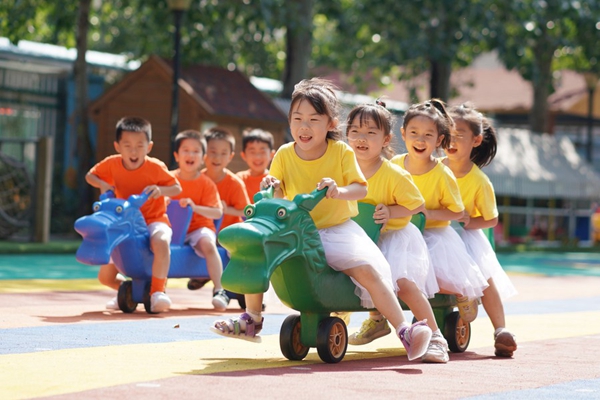China's population continues to grow in 2021
 0 Comment(s)
0 Comment(s) Print
Print E-mail Xinhua, January 18, 2022
E-mail Xinhua, January 18, 2022

China's population on the mainland has grown to 1.4126 billion by the end of last year, government data showed Monday.
The latest population figure increased by 480,000 compared with the end of 2020, data from the National Bureau of Statistics (NBS) showed.
The figure does not include Hong Kong, Macao, and Taiwan residents and foreigners who live in the mainland's 31 provinces, autonomous regions, and municipalities, according to the NBS.
China's population living in urban areas on the mainland increased by 12.05 million from the end of 2020 to 914.25 million by the end of 2021, representing 64.72 percent of the total, the data showed. Rural population stood at 498.35 million, down by 11.57 million from the end of 2020.
The number of newborns in 2021 stood at 10.62 million, according to the NBS data, with the birth rate at 7.52 thousandths.
According to the NBS, the number of newborns on the mainland has been dropping for five consecutive years since 2017, after the figure reached 18.83 million in 2016.
The latest census showed that the country's total fertility rate was at a low level of 1.3 children per woman in 2020.
"The current fertility level in China has deviated from the long-term trend of demographic development, but it is likely to rise in the next couple of years," said He Dan, head of the China Population and Development Research Center.
Zhai Zhenwu, president of the China Population Association, shared a similar view.
Zhai said China's fertility rate at the present stage is predicted to remain at a low level with fluctuations, but there is still space for growth.
In 2015, China scrapped its decades-long one-child policy, allowing all couples to have two children. In 2021, this was expanded to a third child for each family. The central and local governments then followed up with a slew of supportive measures. A more childbirth-friendly system of institutions is in the making.
Zhai said birth-friendly policies need to integrate with economic and social policies, including reducing childbirth costs, safeguarding the rights and interests of female employees, and addressing the concerns of women of childbearing age.
Low fertility is a global phenomenon, according to a recent United Nations report, and China is no exception. The country's population faces structural challenges, such as a dwindling labor force and accelerated population aging.
"This is a natural process and inevitable trend of demographic changes," said He Dan, adding that more efforts are needed to achieve an appropriate fertility rate and long-term and balanced population development.





